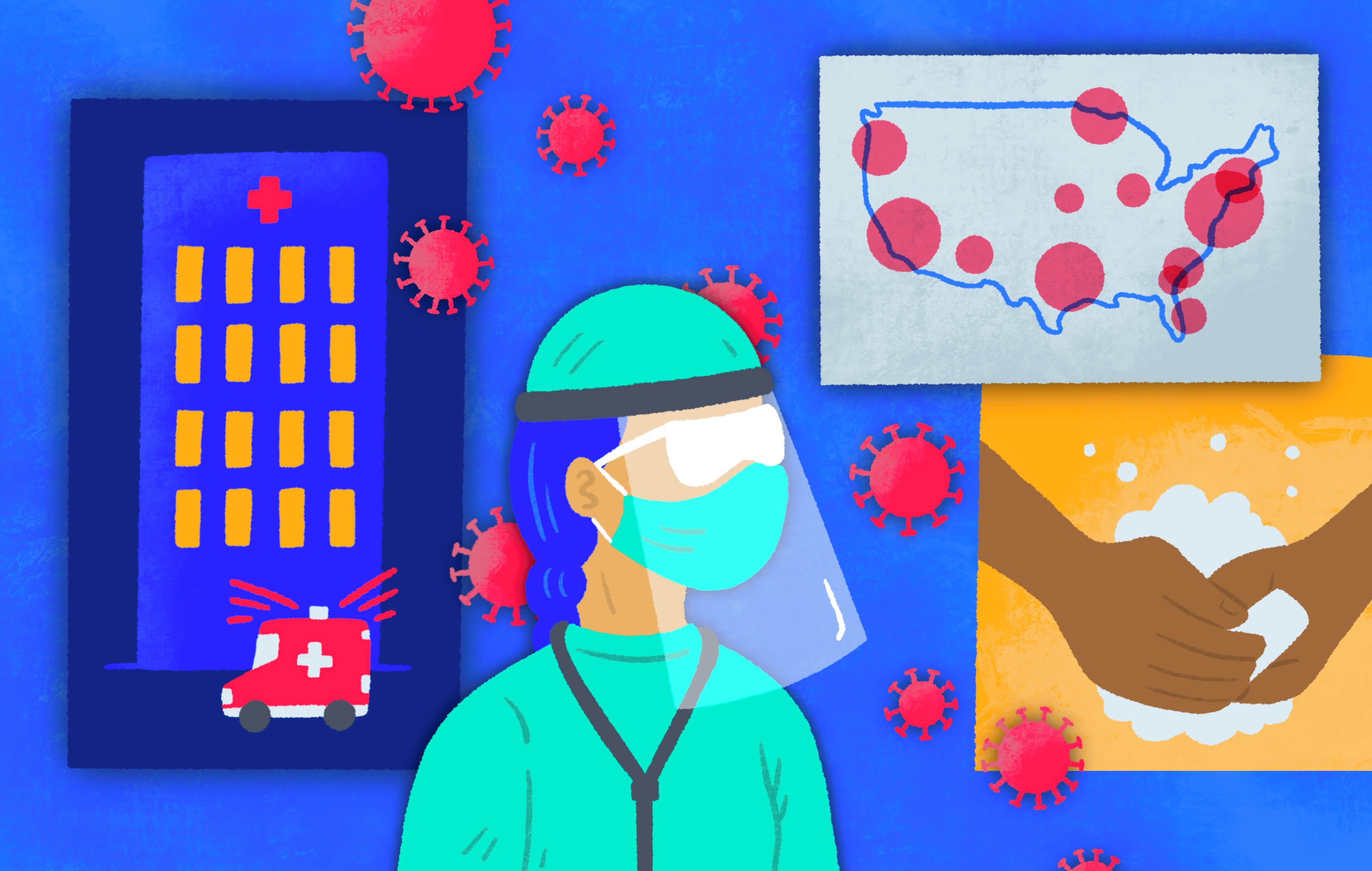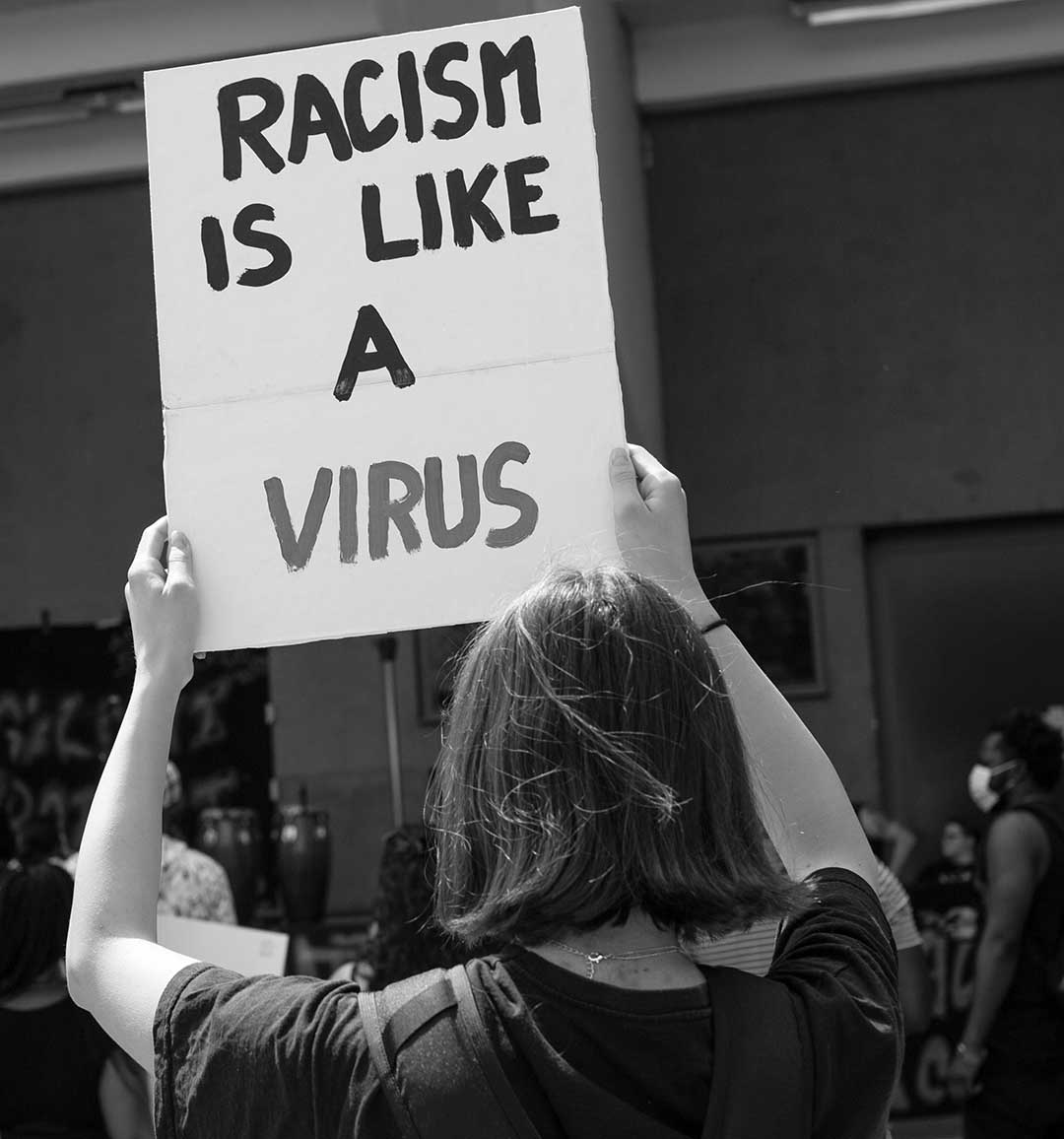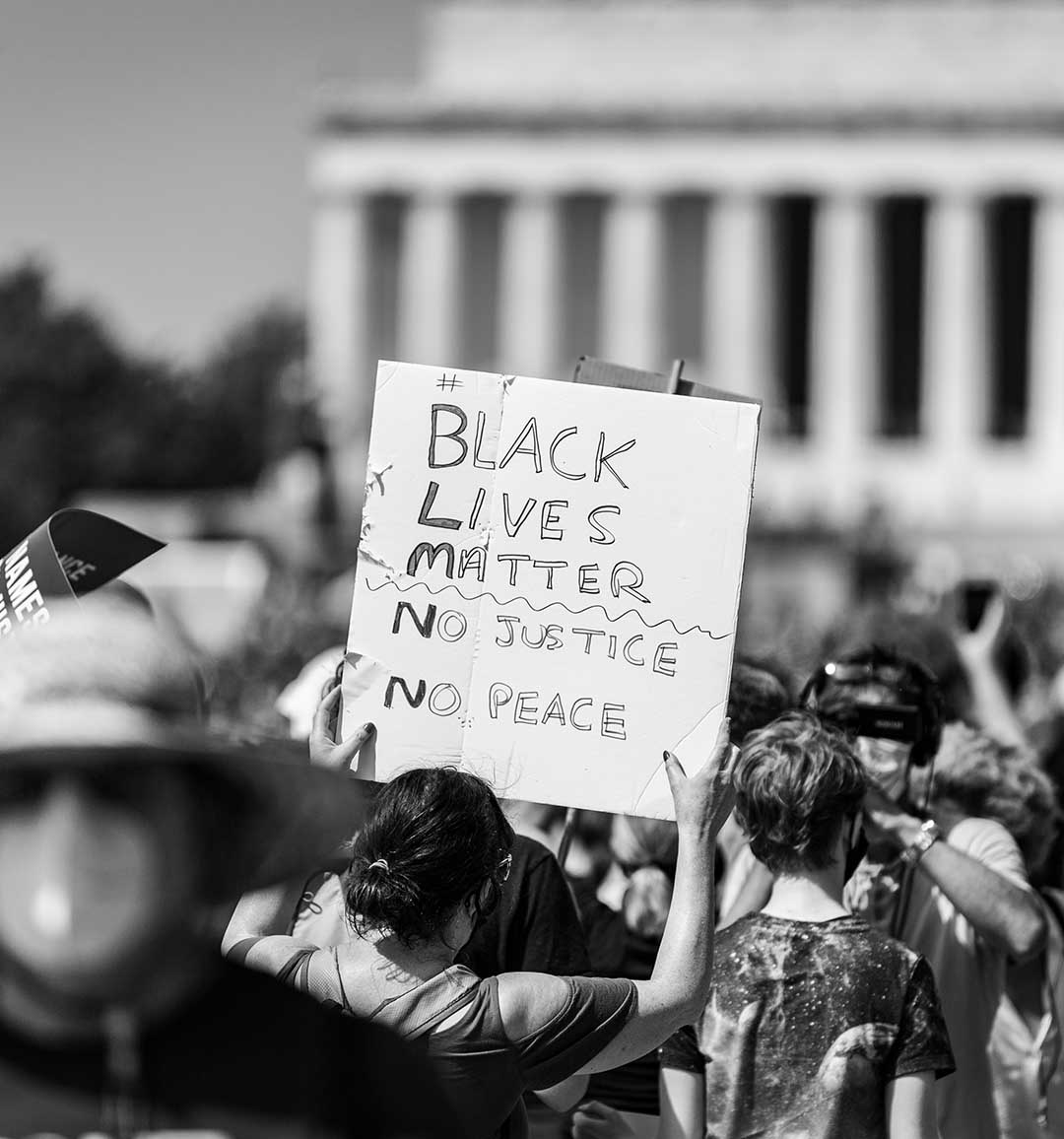Confronting a Mysterious Illness
As COVID-19 began spreading across the globe, AAP sought to provide guidance and reassurance to pediatricians and families.
As COVID-19 began spreading across the globe, AAP sought to provide guidance and reassurance to pediatricians and families.

In January 2020, the CDC confirmed the first U.S. case of COVID-19. By the end of the month, the first person-to-person transmission in the U.S. was confirmed, and federal officials declared a public health emergency.
In subsequent weeks, COVID-19 tore silently through the country, and by the end of February, the U.S. had dozens of cases, as well as its first confirmed death. On Feb. 28, 2020, the AAP issued its first guidance for pediatricians.
“The American Academy of Pediatrics recommends that pediatricians take the steps they would for any potential infectious disease outbreak, including preparing their offices to adopt standard infection-control practices, collaborating with their local hospital and health systems, and advising families in their practice to stay home from work, school and child care if they are sick. The AAP will continue to advise and update members as the situation evolves,” then-AAP President Sally Goza, MD, FAAP, wrote to members.
Less than two weeks later, on March 11, the World Health Organization declared COVID-19 a pandemic. The U.S. suspended international travel, professional sports teams paused their seasons, and schools across the country closed. Mask mandates were enacted and individuals were encouraged to practice social distancing—staying more than six feet from one another. Many assumed these measures would be over in a matter of weeks. Instead, it would take years for normal life to resume.
As case numbers rose, so did questions and fear.
“We soon realized that pediatricians didn't know what to do,” said 2020 AAP President Sally Goza, MD, FAAP. “They were as lost as we were. There wasn’t much guidance coming out. We were really scrambling. What does this mean? What is COVID going to do to children?”
Dr. Goza and other AAP leaders recognized that pediatricians needed information and they needed it fast. “We didn't have two years to wait. We had two days,” she said.
The unknowns of the pandemic and the constantly changing landscape meant the AAP needed to adjust how it issued guidance, giving out advice more frequently and in a rigorous, but faster, process.
AAP gathered its emergency response team, infectious disease experts, epidemiologists and others to provide clinical guidance to members based on the latest evidence and information available.
This guidance was updated regularly throughout the pandemic. Topics ranged from guidance on the use of face masks for children to family presence policies during pediatrician visits, as well as best practices for telehealth visits, and how to safely transport children and babies infected with COVID-19. AAP also provided guidance on broader topics in the context of the pandemic, such as how to manage obesity, guidance for children and families involved with the child welfare system and ensuring the continuation of well-child visits and vaccination schedules for infants and children.
“You could not communicate too much,” said Yvonne “Bonnie” Maldonado, MD, FAAP, and former chair of the Committee on Infectious Diseases for the AAP. “Communicating to people over and over not only was reassuring, it also was helpful in reestablishing certain principles that people needed to remember because there was so much information coming in.”

As schools shifted to remote instruction and many child care centers closed, family life across the U.S. changed dramatically. While families suddenly had more time together, it also meant lost wages, increased financial strain and heightened anxiety for many. Families reported feeling closer, but also more stressed.
Wrote one survey respondent: "I was my daughter's primary caregiver during the pandemic, and sometimes it was very exhausting and tedious to spend so much time with a 1-year-old and virtually no time with an adult besides my wife. But my family life was mostly extraordinarily harmonious and close. We were incredibly fortunate."
Children and teens struggled with being cut off from school, friends and vital services. Learning loss spiked while mental health plummeted.
“We started trying to look at all the data about what this virus did to children, what was happening when they were coming in.”
— Dr. Sally Goza, 2020 president of the American Academy of Pediatrics and a primary care pediatrician from Fayetteville, Ga.
As cases rose and the pandemic took hold, physicians found themselves in paradoxically difficult situations. Lauded as front-line heroes, many nonetheless struggled to access basic personal protective equipment, or PPE. As emergency rooms and critical care units became overrun with patients, some pediatricians were redeployed to adult care, an ultimately grueling experience. At the same time, pediatric primary care physicians saw steep declines in well-child visits and vaccinations, and they worried about the financial viability of their practices.
“People were reporting 90% drops in their kids coming in,” Dr. Goza said. “And that meant children weren't getting vaccines. They weren't getting taken care of emotionally or physically. And so we were worried. Practices were closing because they could not keep their doors open.”

As the pandemic forced people to stay at home, physicians of all specialties were forced to adjust how they cared for patients. Telehealth visits soared, as did visits in outdoor tents and cars.
There were some silver linings: “Online visits have reduced parents’ and patients’ time away from work and school, provided greater access for families living far from a child neurologist and eliminated transportation difficulties for children with complex medical needs,” wrote Timothy Edward Lotze, MD, FAAP, and chairperson of the AAP Section on Neurology Executive Committee.
“By utilizing our hospital’s telehealth structure, we can follow up on outstanding clinical issues and smooth discharge planning. This practice change has benefited many patients and their families, not just the ones with COVID-19,” wrote Matt Magyar, MD, FAAP.
Sensitive to the desire to connect and share information, AAP launched a series of virtual town hall meetings and webinars to bring physicians from across the country and around the world together.
“The period of the pandemic, extending pretty much from early 2020 until the beginning of 2023, was marked for me by lots of rapid discovery communications with colleagues—locally, regionally, nationally and internationally. We were really trying to synthesize information that we could bring back to front-line physicians and other health care providers, but also, importantly, to patients and their families as well as the general public,” Dr. Maldonado said.


In the midst of the pandemic, the killing of George Floyd on May 25, 2020, and the subsequent protests across the country, laid bare the nation’s legacy of racism and discrimination and the ways it harms all members of our communities. In response, the AAP condemned racism of all forms, and noted that even vicarious racism—witnessed through social media, conversations with friends and family or media images—harms children’s health.
Already feeling fearful from COVID, children now heard adult conversations, saw content on social media, or were exposed to graphic news coverage of violent protests. This pivotal event increased fear about safety, or led to questions about what the protests meant or why people were killed by police. The AAP advised parents to proactively engage their children during these traumatic events, taking into account their age and stage of development.
“We must dismantle racism at every level, from individual to institutional to systemic. Our nation did not get here overnight, and the road to progress and healing will be long and difficult, but the work we have before us is essential. Our children’s future will be built on these moments of reckoning.”
— Dr. Sally Goza, AAP president in 2020
The AAP published guidelines for parents on how to have these conversations, and called on pediatricians to recommit to rooting out inequities that threaten children’s health at all ages.
“We must dismantle racism at every level, from individual to institutional to systemic,” Dr. Goza said. “Our nation did not get here overnight, and the road to progress and healing will be long and difficult, but the work we have before us is essential. Our children’s future will be built on these moments of reckoning.”
In July 2020, AAP offered a “long overdue” apology for its own history of racism. “The experience of our first Black members, Dr. Alonzo deGrate Smith and Dr. Roland Boyd Scott, reveals an AAP Executive Board that was not immune to racist attitudes and beliefs. From their initial rejection in 1939 to their eventual acceptance in 1945, Drs. Smith and Scott were made to bear numerous indignities and clear many hurdles, despite being successful clinicians and established leaders in the pediatric academic community,” Dr. Goza wrote in a letter to members.
In conjunction with the apology, AAP published a policy statement, “Truth, Reconciliation, and Transformation: Continuing on the Path to Equity.”
The environment where a child grows up has a significant impact on health outcomes, large and small, a relationship that was even more evident during COVID-19.
Find the AAP's policy, guidance, vaccine information and more.
09/19/2023
American Academy of Pediatrics